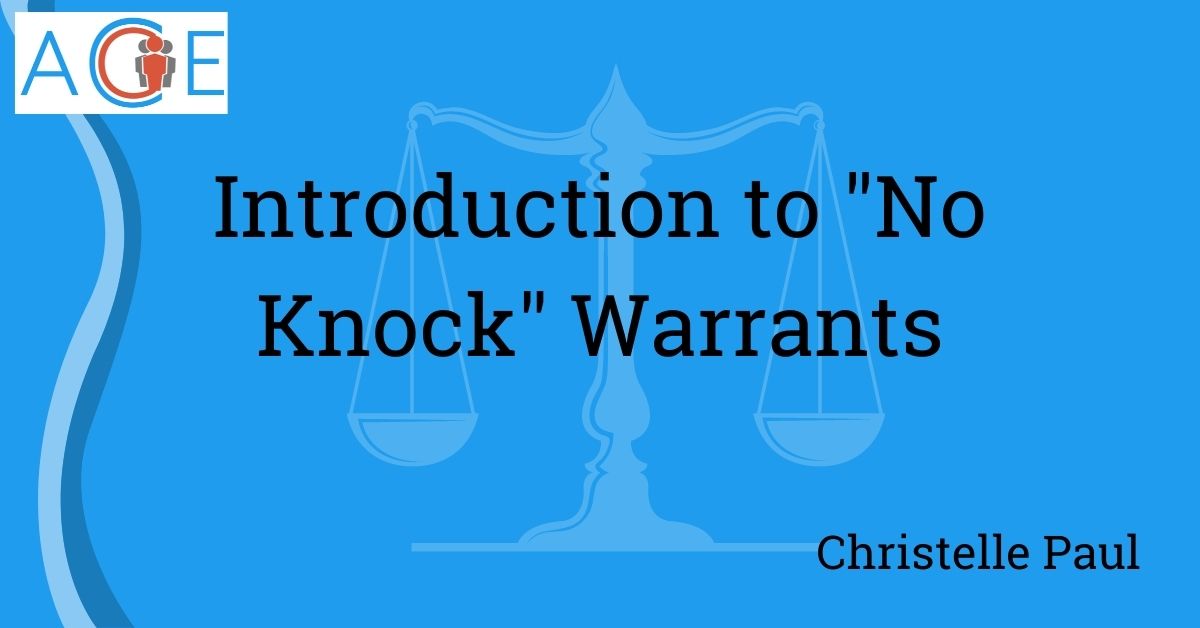18th Century and Earlier
The earliest criminal laws in colonial America were derived from British common law. They set the precedent for early colonists on how they would address justice and crime, including juvenile delinquency and punishment. In 1646, the Massachusetts Stubborn Child Law declared that male adolescent disobedience was an offense punishable by death. Since children and adolescents were seen just as culpable as adults for breaking the law, they were to be punished like adults. These sentiments persisted through the 18th century, setting the groundwork for children “as young as age seven [to] be tried and sentenced in criminal courts” and sent to serve time in adult facilities.
19th Century: Roots of Juvenile Justice
By the 19th century, a number of child advocates had organized to reform juvenile justice. The Society for the Prevention of Pauperism was founded to oppose housing youth in adult jails. They established the New York House of Refuge in 1825, the nation’s first institution to house only juveniles that were deemed to be on a path to delinquency. This society believed that, with the right support and resources, juveniles could be rehabilitated. Many cities and states adopted the same model, leading to the founding of similar institutions throughout the country in the following years. In 1899, the first juvenile court was established in Cook County, Illinois, by a group of women known as “child-savers.” It was established “under the British legal doctrine of parens patriae—‘the State as parent’”—meaning it was the state’s duty to both protect the public interest regarding juvenile delinquents, and serve as the guardian of childrens’ interests.
20th Century to the Present: Due Process and “Tough on Crime” Policies
The establishment of juvenile courts across the country allowed judges to have discretion over the outcome of juvenile cases without the use of formal trials, birthing wide disparities between cases. This presented an issue for most youth who had few legal protections and constitutional rights. In 1967, the Supreme Court case In re Gault delivered a landmark decision that granted juveniles legal protections under the 14th Amendment, such as the right to due process. This meant that juveniles had the right to legal representation, as well as the right to confront witnesses against them. Throughout the 1970s, additional constitutional rights were extended to juveniles, “including the right to have the charges against them proven beyond a reasonable doubt and the right against double jeopardy.” In 1974, Congress passed the Juvenile Justice and Delinquency Prevention Act, requiring the separation of juveniles from adults; it also created the federal Office of Juvenile Justice and Delinquency Prevention to fund statewide community-based programs as an alternative to youth incarceration.
Toward the late 1970s, the United States experienced an upward trend of violent juvenile offenses. This resulted in a political shift, with the government beginning the “tough on crime” era. Some of these approaches manifested into policies that moved juveniles to adult courts for trial and punishment. In 1978, the state of New York lowered “the eligible age for criminal responsibility to thirteen years old for murder and fourteen years old for other violent crimes.” Mandatory minimum sentences and three-strike laws enforced in adult cases were now extended to juveniles. By 1994, “the number of juvenile cases waived into adult criminal court peaked when 11,700 cases were transferred.” Juveniles also faced more punitive sentences, including sentences to death and life without the possibility of parole. The Supreme Court has since ruled each respective sentence as unconstitutional in Roper v. Simmons (2005) and Miller v. Alabama (2012), respectively.
Juvenile arrest rates for all offenses have decreased by 75% between 1996 and 2019. Despite this significant decline, laws birthed out of the “tough on crime” era remain unchanged. Prior to 2019, the maximum age of juvenile jurisdiction in New York and North Carolina was fifteen years old, meaning sixteen and seventeen year olds were automatically tried and incarcerated as adults, regardless of the crime. In 2017, bothstates passed laws to “raise the age of criminal responsibility to 18 years of age.” Most states maintain 18 as the age for criminal responsibility of non-violent crimes, however, in the case of violent crimes, there is more variability for juvenile offenders. For instance, in North Dakota and Kansas, violent offenders as young as 10 years old can be waived and prosecuted as adults. Although there are age mandates that limit juvenile jurisdiction, there are a multitude of waivers that permit juveniles to be tried as adults, much to the discretion of judges and prosecutors.


